Russia's Belbek Airbase In Crimea Hammered By Ukrainian Long-Range Strike (Updated)
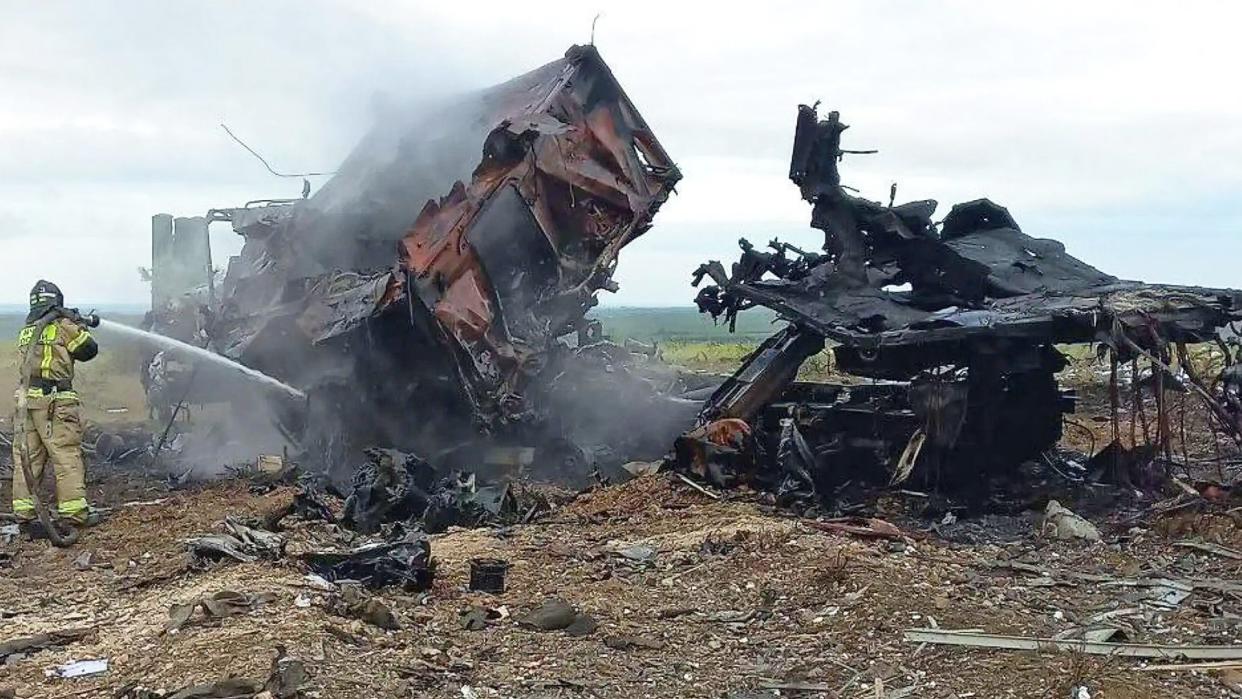
Details are still scarce, but reports indicate that the Russian airbase at Belbek, on the occupied Crimean peninsula, has come under heavy attack by Ukrainian forces. The Russian Ministry of Defense claims that it countered an overnight attack by U.S.-made Army Tactical Missile System (ATACMS), a short-range ballistic missile that has made a significant impact since its first appearance in the conflict last fall. Initial photos from the aftermath suggest that at least one Russian ground-based air defense system was successfully targeted, however.
Videos posted to social media show explosions purportedly in the vicinity of Belbek. Meanwhile, unconfirmed reports citing local residents suggest that around 20 explosions were heard. These may well relate to both missile impacts and interceptions, as well as secondary explosions.
Imagery from the Fire Information for Resource Management System (FIRMS), which provides near real-time active fire data via orbital infrared sensing, indicated a cluster of blazes close to the flight line at the airbase, where aircraft are normally parked in the open.
Photos have since been posted to social media that claim to show the destruction of portions of an S-300/S-400 air defense system located at the airfield. In particular, it appears that a 92N6 ‘Grave Stone’ radar — the primary long-range detection radar associated with the S-400 — was hit.
Despite multiple Ukrainian claims that aircraft were also successfully targeted on the airfield, this has so far not been supported by imagery.
In a statement on the Telegram messaging app today, the Russian Ministry of Defense said that 10 ATACMS missiles were downed by its air defenses over Crimea last night but did not reveal whether any damage had been inflicted.
Also on Telegram, the Russia-installed governor of the Crimean port of Sevastopol, Mikhail Razvozhayev, reported that missile debris fell onto a residential area. He added that preliminary information indicated no one had been hurt in the attack.
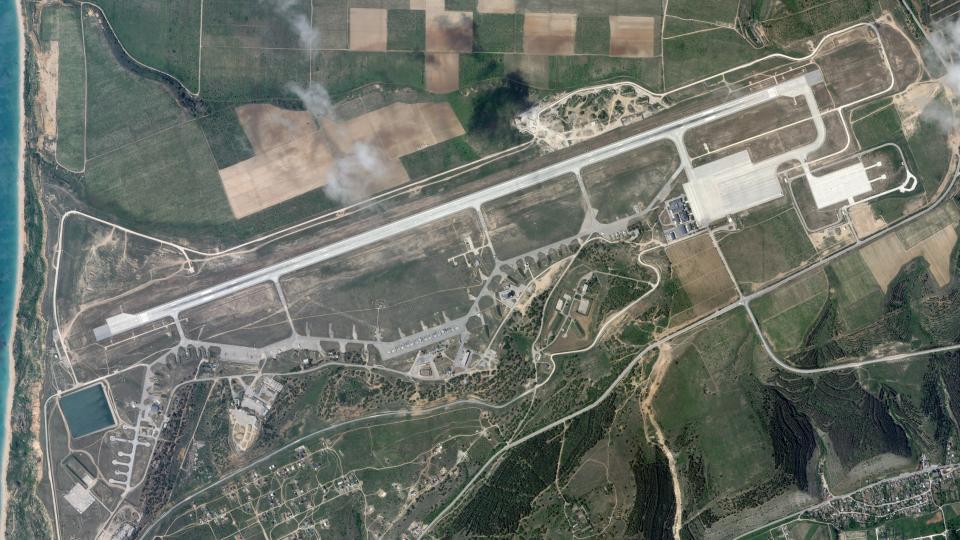
While Russia has repeatedly said that ATACMS missiles have been used in specific attacks, it has not provided evidence of this.
However, debris that is said to have been located in Sevastopol in the wake of last night’s attack does appear to show M74 submunitions, consistent with the use of an ATACMS missile fitted with a cluster warhead. As we have detailed in the past, this version of the missile is ideally suited for targeting aircraft in the open and air defense system, as well as vehicle pools, ammunition dumps, and more.
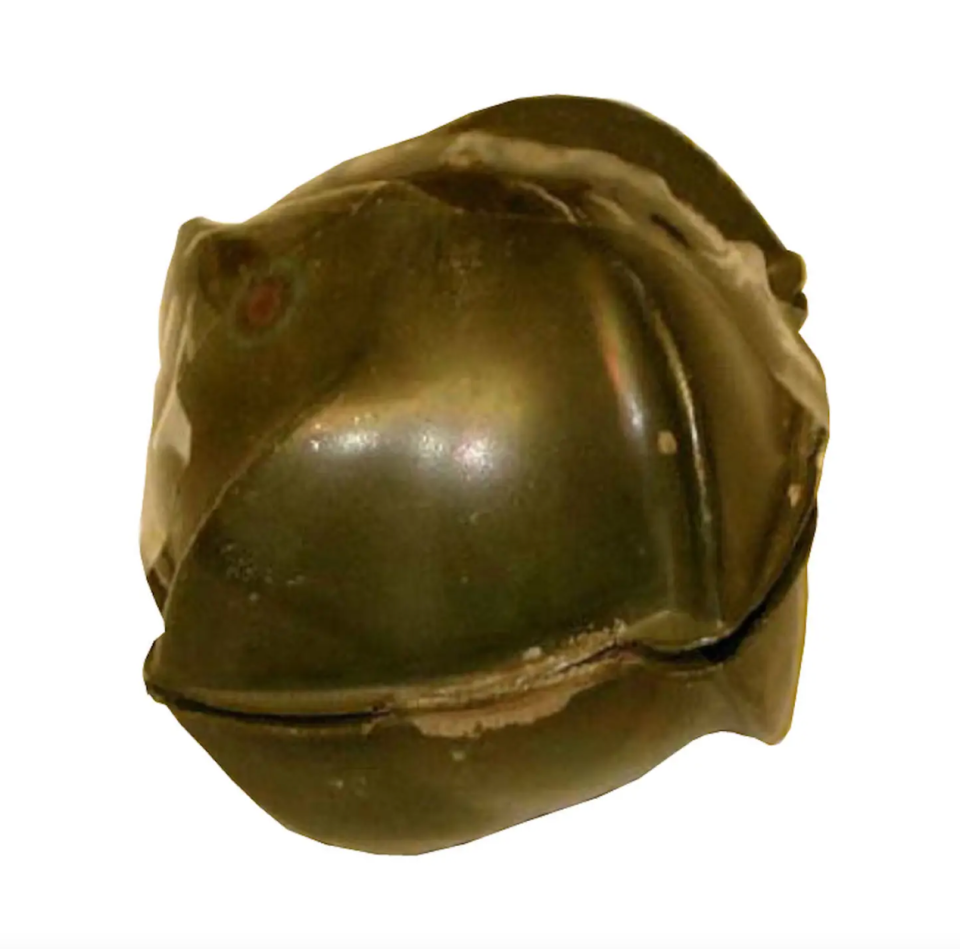
The threat that cluster versions of ATACMS pose to airbases in Crimea specifically, is a point that we have also raised in the past:
“Basically, a couple of ATACMS could be fired at a Russian airbase in Crimea and other occupied areas of Ukraine and destroy all the aircraft sitting on their main aprons. None of these aircraft are parked in fortified hangars or under any covering at all.”
Russia does tend to spread its aircraft out at Belbek due to the threat of an attack and the damage closely parked aircraft can do to each other if one is struck. This is a hard lesson Russia has learned multiple times.
The airbase at Belbek, in the suburbs of Sevastopol, was used by Ukraine before Russia annexed Crimea in 2014. Today it is home to the 38th Fighter Aviation Regiment (38 IAP, in Russian nomenclature), a unit that you can read more about here. The regiment flies a mix of original, non-upgraded Su-27 Flanker-B fighters, two-seat Su-27UB Flanker-C combat trainers, and upgraded Su-27SMs, but is expected to eventually be re-equipped with Su-35S Flanker-Es. In the meantime, a handful of two-seat Su-30M2 aircraft are also being used for crew training in preparation for the more advanced Flanker.
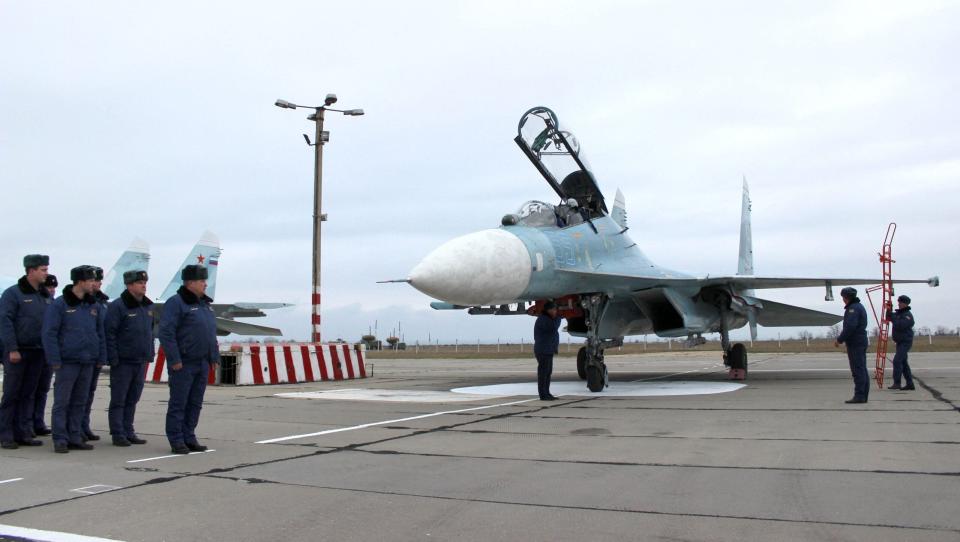
The base plays a significant role in Russia’s war in Ukraine and has also accommodated detachments of other combat aircraft types, including additional Su-35S and Su-30SM aircraft, as well as Su-34 Fullback strike fighters and MiG-31 Foxhound interceptors. As of May 1, MiG-31s were still stationed at the base, satellite imagery confirms.
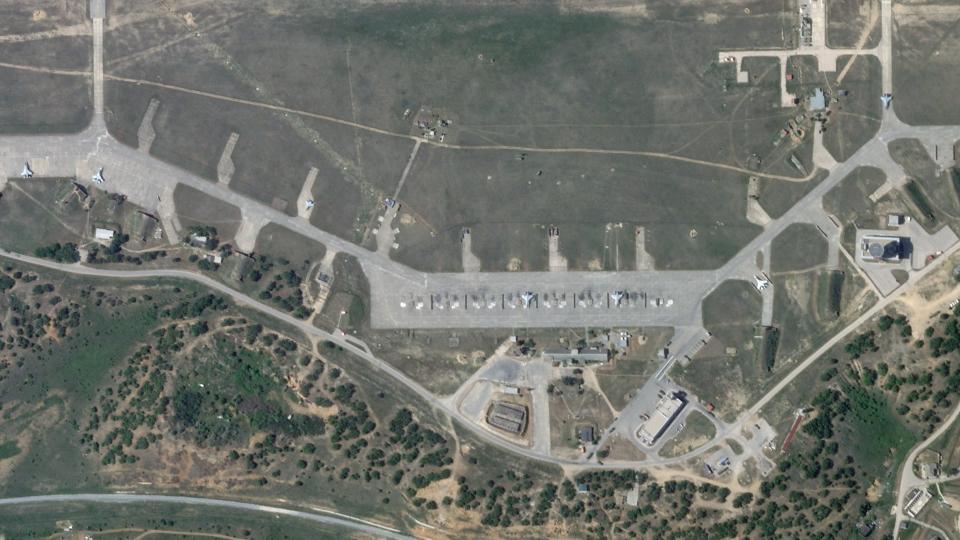
Soon after President Joe Biden announced he had signed a $61-billion aid package for Ukraine on April 24, it emerged that the United States had already supplied additional ATACMS missiles to Ukraine. Reportedly included for the first time were longer-range variants, delivered under a secret transfer operation.
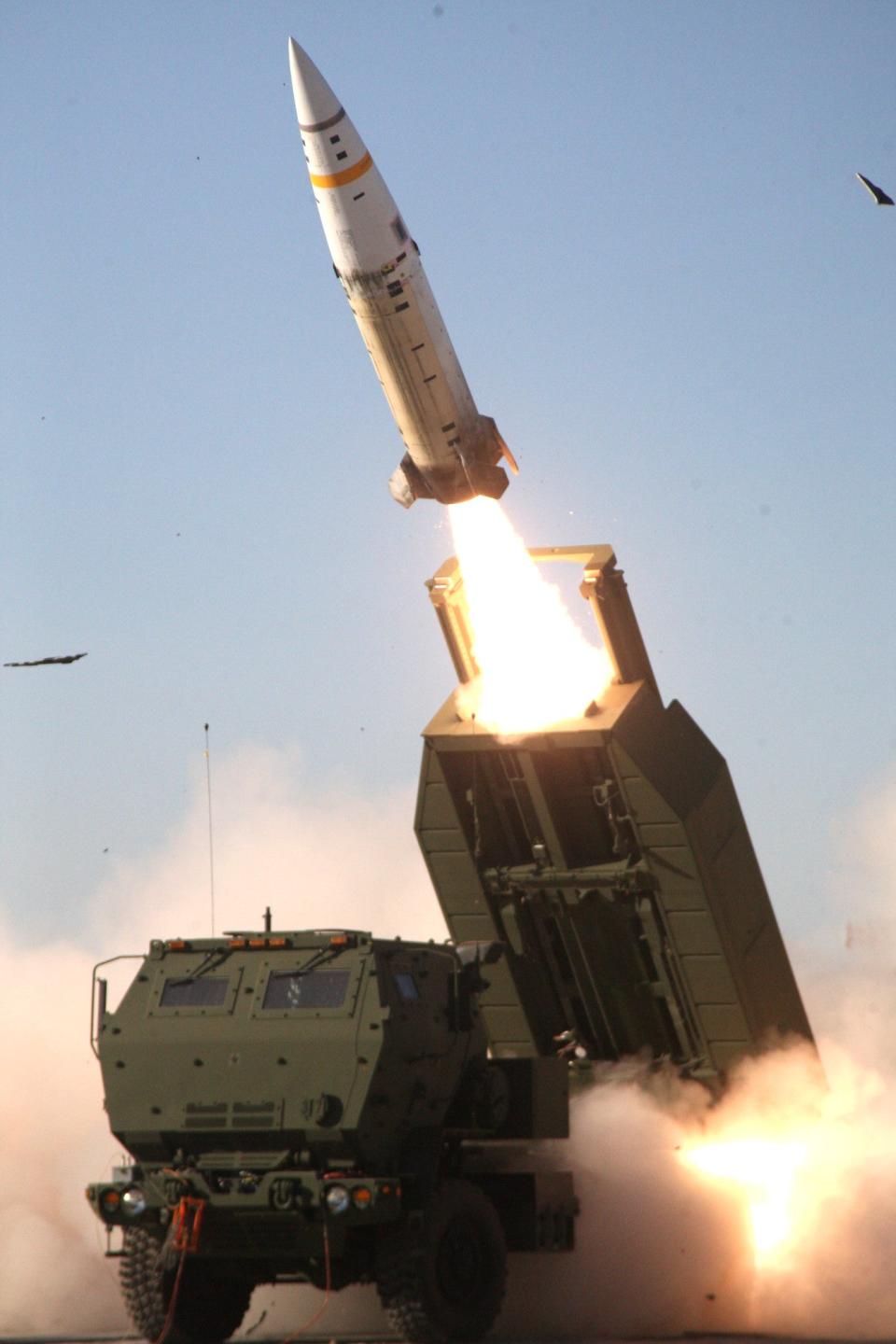
Some of the first results of that delivery may well have been seen in an attack on the airbase at Dzhankoi, also in Crimea, which is home to multiple helicopters, tactical jets, and high-end ground-based air defense systems.
Russian sources said the attack was prosecuted by ATACMS and Ukrainian channels claimed that between three and five S-400 and S-300 air defense systems were hit, something that high-resolution satellite imagery appears to support.
Belbek Air Base has long been considered a top target for Ukraine with constant reports of the installation being hit that do not pan out. But with the arrival of longer-range ATACMS, it was only a matter of time before Kyiv took a shot at it. Now, as we wait for confirmation on just how extensive the damage is, it's becoming clearer that that these missile are likely putting targets very deep on the Crimean Peninsula at higher risk than ever before.
This is a developing story. We will update it when new information becomes available.
UPDATE:
It looks like Belbek Airbase came under attack again tonight, with fires burning on the installation. We are still awaiting clear satellite imagery of the base.
Contact the author: thomas@thewarzone.com

